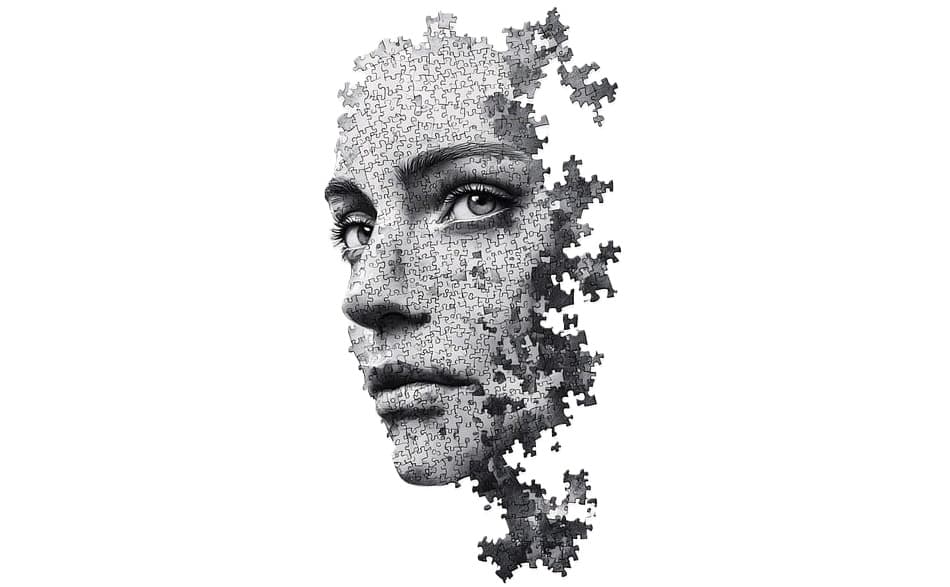Integration in Social Perception

First impressions are powerful. Within seconds of meeting someone, we begin forming judgments about their character, intentions, and personality. This process feels automatic, intuitive, and often final. However, what underlies these instant evaluations is a more complex psychological mechanism—integration—the process through which we combine various pieces of information to form a coherent impression of another person. Far from being a simple summation of traits, integration is a dynamic cognitive activity shaped by biases, attribution processes, and mental shortcuts.
How Integration Works: Piecing the Puzzle Together
Integration occurs after attribution, when we start compiling these perceived traits into a single, coherent understanding of another person.
Information Integration Theory
Individuals form impressions by averaging the values of each trait based on its weight [1][1]. For instance, a very positive trait like “honest” may carry more weight than a neutral trait like “punctual.” According to this model, we are not simply tallying up pros and cons, but computing a weighted average that results in our final judgment .
Biases That Skew the Process
Unfortunately, our integration process is rarely neutral. Numerous cognitive biases distort the way we perceive and integrate information about others.
Primacy Effect
The tendency to give disproportionate weight to the first information we receive about someone. This was famously demonstrated in Asch’s work, where the order in which traits were presented significantly altered participants' impressions. First impressions tend to "anchor" our perception, making it difficult to update our views even in light of new information.
Halo Effect
When our impression of one positive trait (e.g., attractiveness or confidence) influences how we evaluate unrelated traits (e.g., intelligence or kindness). This explains why charismatic individuals are often assumed to be more capable or trustworthy, even without evidence [2][2].
Negativity Bias
Negative information often carries more weight than positive details in shaping impressions [3][3]. A single instance of rude behavior can overshadow multiple instances of kindness, leading us to reevaluate a person’s character more harshly.
These biases highlight that impression formation is not purely logical—it’s emotionally and cognitively loaded.
Integration in Real Life: Why It Matters
Understanding how integration works is not just academic—it has real-world consequences. In hiring decisions, first impressions in interviews may overshadow a candidate’s qualifications. In romantic relationships, one early misstep might color all future interactions. In the justice system, jurors may integrate emotional reactions with factual evidence when evaluating a defendant.
Implicit Personality Theories
Our unconscious beliefs about which traits go together [4][4]. For example, we might believe that someone who is organized is also responsible, even if there’s no direct evidence. These mental shortcuts speed up our judgments but can also lead to stereotyping and overgeneralization.
Can We Integrate More Fairly?
Given how automatic and bias-prone this process is, is it possible to become more accurate and fair in how we judge others? Research in social cognition suggests that awareness is the first step. People rely on cognitive shortcuts (heuristics) due to limited processing capacity, but with intention and effort, we can pause and examine the shortcuts we're using [5][5].
Here are a few practical ways to improve your integration process :
- Wait for more information: Avoid making lasting judgments based on initial behavior or appearance.
- Challenge your assumptions: Ask yourself what you might be inferring without evidence.
- Consider context: Behavior is often situational. Consider what external factors might be influencing someone's actions.
- Update impressions: Allow your mental representation of others to evolve as new information comes in.
By intentionally practicing these steps, we can reduce the likelihood of unfair or inaccurate social judgments.
Conclusion: Impressions Are Ongoing Stories
Integration is not a one-time event—it’s an evolving narrative we construct about others. While our brains seek efficiency by summarizing and categorizing people, this often comes at the expense of nuance and fairness. By better understanding the psychology behind impression formation and integration, we empower ourselves to see people more fully—not as static snapshots, but as dynamic individuals shaped by complex contexts.
The next time you find yourself forming an impression of someone, remember: you’re not just observing—you’re interpreting, weighting, and weaving together fragments of behavior into a coherent whole. Choose to do so with awareness, curiosity, and a willingness to revise. After all, people are more than just their first impression—they’re a story still unfolding.